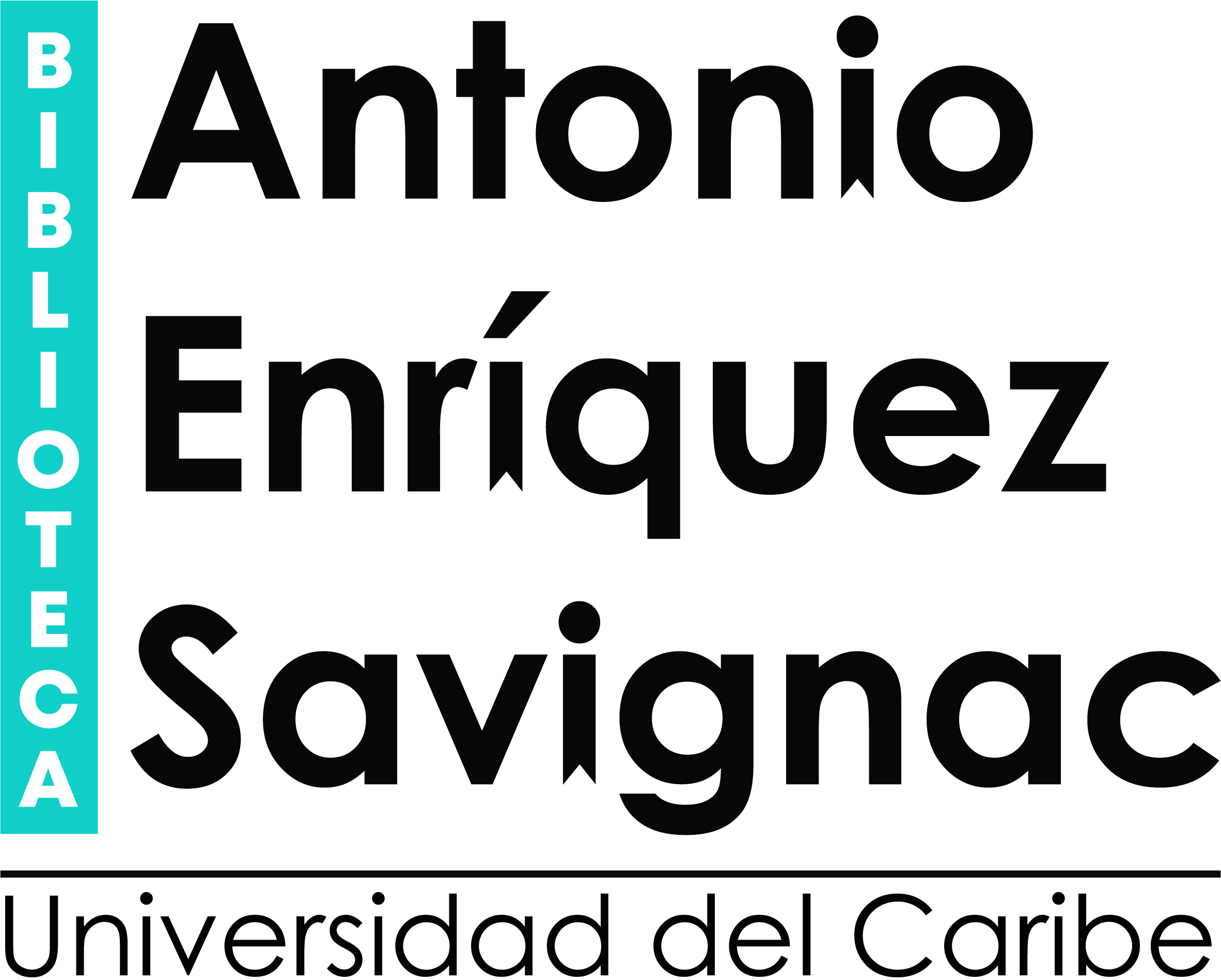Digital communications / John G. Proakis, Masoud Salehi
Material type: TextPublication details: Boston : McGraw-Hill, c2008Edition: 5th edDescription: xviii, 1150 p. : il. ; 24 cmISBN:
TextPublication details: Boston : McGraw-Hill, c2008Edition: 5th edDescription: xviii, 1150 p. : il. ; 24 cmISBN: - 9780072957167 (hbk. : alk. paper)
- 0072957166 (hbk. : alk. paper)
- TK 5103 .7 P9621 2008
| Item type | Current library | Home library | Collection | Call number | Copy number | Status | Notes | Date due | Barcode | Item holds | |
|---|---|---|---|---|---|---|---|---|---|---|---|
 Libros para consulta en sala
Libros para consulta en sala
|
Biblioteca Antonio Enriquez Savignac | Biblioteca Antonio Enriquez Savignac | COLECCIÓN RESERVA | TK 5103 .7 P9621 2008 (Browse shelf(Opens below)) | 1 | No para préstamo | Ing. Telematica | 021883 | |||
|
|
Biblioteca Antonio Enriquez Savignac | Biblioteca Antonio Enriquez Savignac | Colección General | TK 5103 .7 P9621 2008 (Browse shelf(Opens below)) | 2 | Available | Ing. Telematica | 021884 | |||
|
|
Biblioteca Antonio Enriquez Savignac | Biblioteca Antonio Enriquez Savignac | Colección General | TK 5103 .7 P9621 2008 (Browse shelf(Opens below)) | 3 | Available | Ing. Telematica | 021885 | |||
|
|
Biblioteca Antonio Enriquez Savignac | Biblioteca Antonio Enriquez Savignac | Colección General | TK 5103 .7 P9621 2008 (Browse shelf(Opens below)) | 4 | Available | Ing. Telematica | 021886 |
Browsing Biblioteca Antonio Enriquez Savignac shelves, Collection: Colección General Close shelf browser (Hides shelf browser)
| TK 5103 .7 K827 Fundamentos de comunicaciones digitales / | TK 5103 .7 K827 Fundamentos de comunicaciones digitales / | TK 5103 .7 K827 Fundamentos de comunicaciones digitales / | TK 5103 .7 P9621 2008 Digital communications / | TK 5103 .7 P9621 2008 Digital communications / | TK 5103 .7 P9621 2008 Digital communications / | TK5103.7 S4749 Fundamentos de los sistemas de comunicaciones móviles: Evolución y tecnologías / |
Incluye referencias bibliográficas: p. 1109-1141 e índice
Introduction - Deterministic and Random Signal Analysis - Digital Modulation Schemes - Optimum Receivers for AWGN Channels - Carrier and Symbol Synchronization - An Introduction to Information Theory - Linear Block Codes - Trellis and Graph Based Codes - Digital Communication Throught Band-Limited Channels - Adaptive Equalization - Multichannel and Multicarrier Systems - Spread Spectrum Signals for Digital Communications - Fading Channels I : Characterization and Signaling - Fading Channels II : Capacity and Coding - Multiple-Antenna Systems - Multiuser Communications
"Digital Communications is a classic book in the area that is designed to be used as a senior or graduate level text. The text is flexible and can easily be used in a one semester course or there is enough depth to cover two semesters. Its comprehensive nature makes it a great book for students to keep for reference in their professional careers. This all-inclusive guide delivers an outstanding introduction to the analysis and design of digital communication systems. Includes expert coverage of new topics: Turbocodes, Turboequalization, Antenna Arrays, Digital Cellular Systems, and Iterative Detection. Convenient, sequential organization begins with a look at the history and classification of channel models and builds from there."--Sitio Web de la Biblioteca del Congreso
Fondos de la Universidad Compra 100324 2552.31

